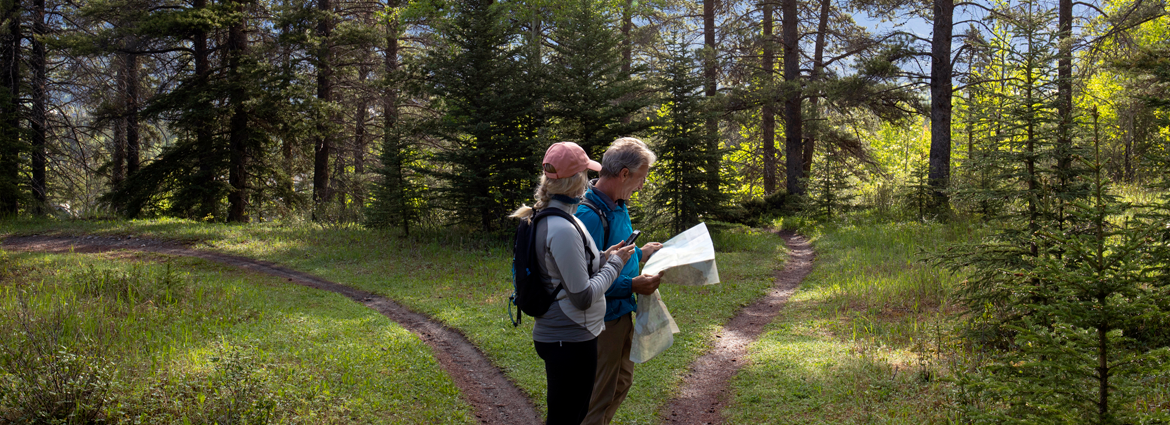You probably know that you can use an RRSP to save for retirement. But have you considered other ways you can tap into these savings? Read on to find out.
When can you access money in your RRSP without penalty?
There are two situations where you can access the money in your RRSP. Although you do have to repay the funds you withdraw within a specific time frame.
The first one is the Home Buyers’ Plan.
- You must be considered a first-time home buyer or you need a written agreement to buy or build a qualifying home for yourself.
- Each spouse can withdraw up to $60,000 from an RRSP for which they are the contributor – assuming each qualifies for the plan.
- The money borrowed has to be repaid through contributions to an RRSP over a period of no more than 15 years.
- Learn more on the CRA’s website.
The second one is the Lifelong Learning Plan.
- You can withdraw $20,000 from your RRSP over four years to pay for your education. This is to a maximum of $10,000 in one calendar year.
- The funds may be used to finance the full-time program of the participant or their spouse at a qualifying educational institution.
- The participant has 10 years to repay the money borrowed from their RRSP. When that repayment countdown begins will vary.
What’s the bottom line?
The power of the RRSP is the compound interest that it is earning you with each year that passes and the tax benefits that it offers.
If you tap into them before retirement you will be losing a ton of those dollars to taxes, you won’t regain that contribution room and it is going to be hard to get your RRSPs back to where they were.
It truly depends on your situation and what your needs are.
Wondering what’s best for you?
We’re here to help. If you’re considering using your RRSP for something other than retirement, reach out to your financial planner for some help.
By understanding your goals and situation in life, your financial planner can determine a plan of action.
The stuff we have to say.
Coast Capital Savings Federal Credit Union provides advice and services related to deposit, loan, and mortgage products. Coast Capital Wealth Management Ltd provides investment and financial planning services. Coast Capital Financial Management Ltd. provides advice and services related to segregated funds, annuities, and life insurance products. Worldsource Financial Management Inc. provides advice and services relating to mutual funds. Mutual fund values change frequently and past performance may not be repeated. Commissions, trailing commissions, management fees, and expenses may all be related to mutual fund investments. Important information about mutual funds is contained in the relevant fund facts and simplified prospectus. Please read the fund facts carefully before investing. Only deposits held in Canadian currency, having a term of five years or less, and payable in Canada are eligible to be insured under the Canada Deposit Insurance Corporation Act.



